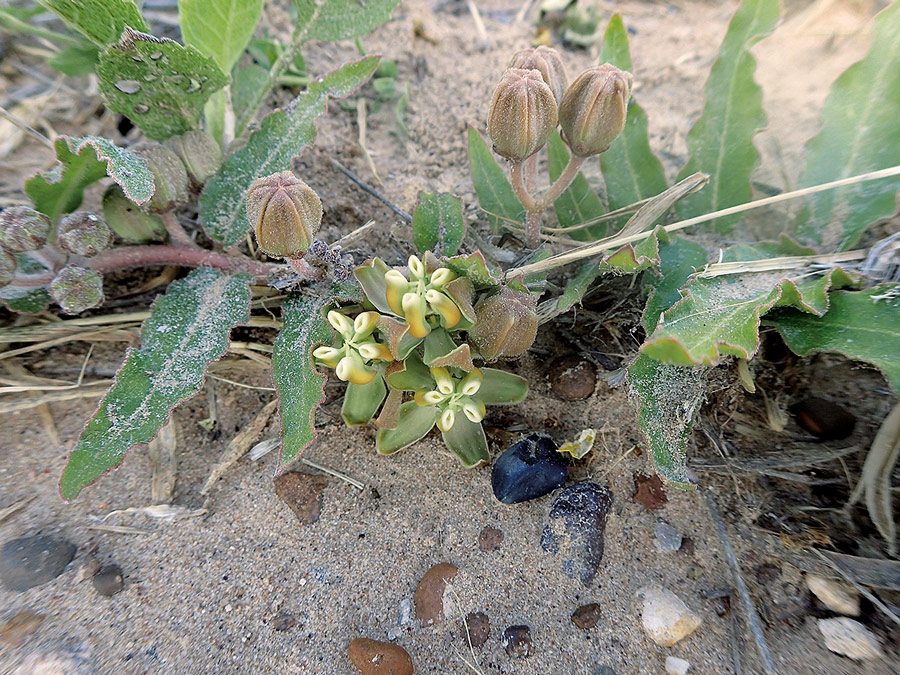
by Center Staff | Oct 4, 2018
Species of Greatest Conservation Need Texas is home to well over 1,300 plant and animal species known as “Species of Greatest Conservation Need.” These include federal- and state-listed species, as well as those that were never listed due to lack of information. As a...
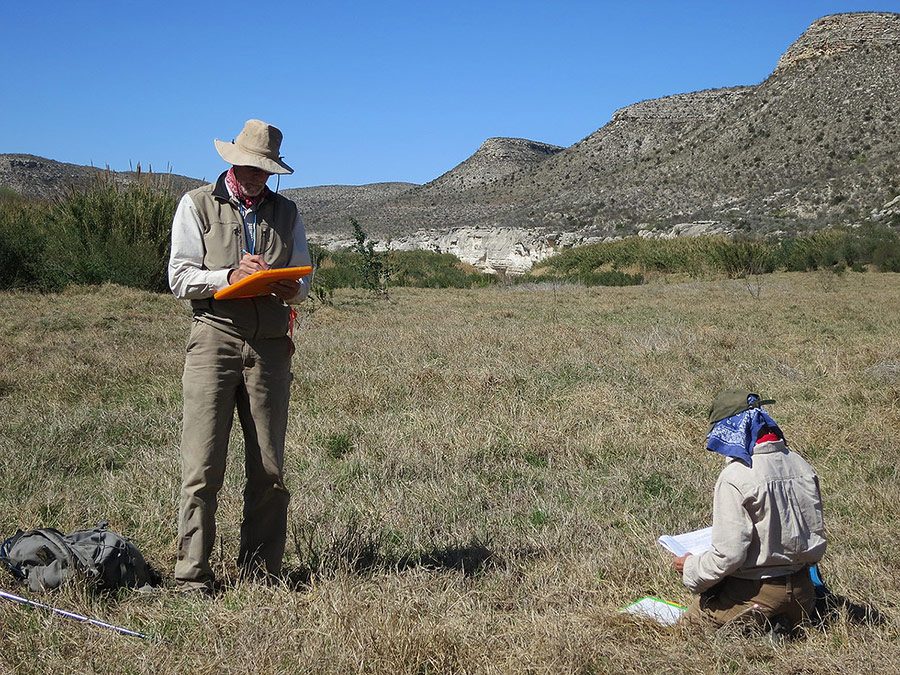
by Center Staff | Apr 19, 2018
Amistad Vegetation Mapping In spring 2017, researchers from the Wildflower Center began an epic plant survey at Lake Amistad National Recreation Area. They were hired by the National Park Service to collect data that will be used to create detailed vegetation maps....
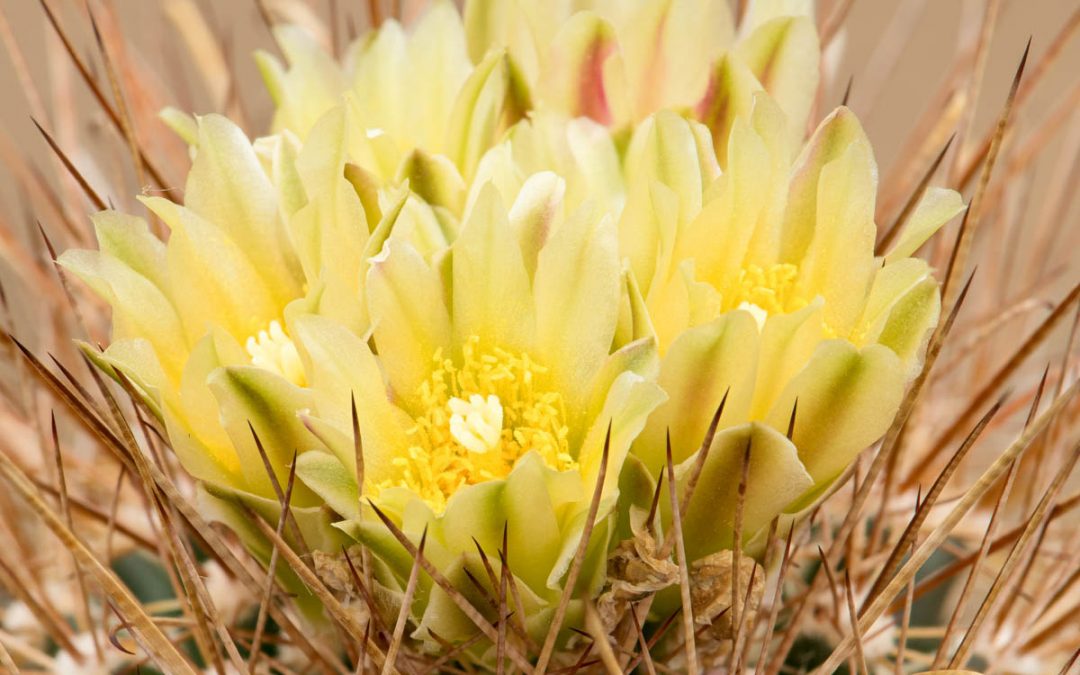
by Center Staff | Feb 23, 2018
Tobusch Fishhook Cactus Conservation Tough things sometimes come in small packages. The Tobusch fishhook cactus (Sclerocactus brevihamatus ssp. tobuschii, also known as Ancistrocactus tobuschii) is no exception. Named for its unique hooked spines, this cactus spends...
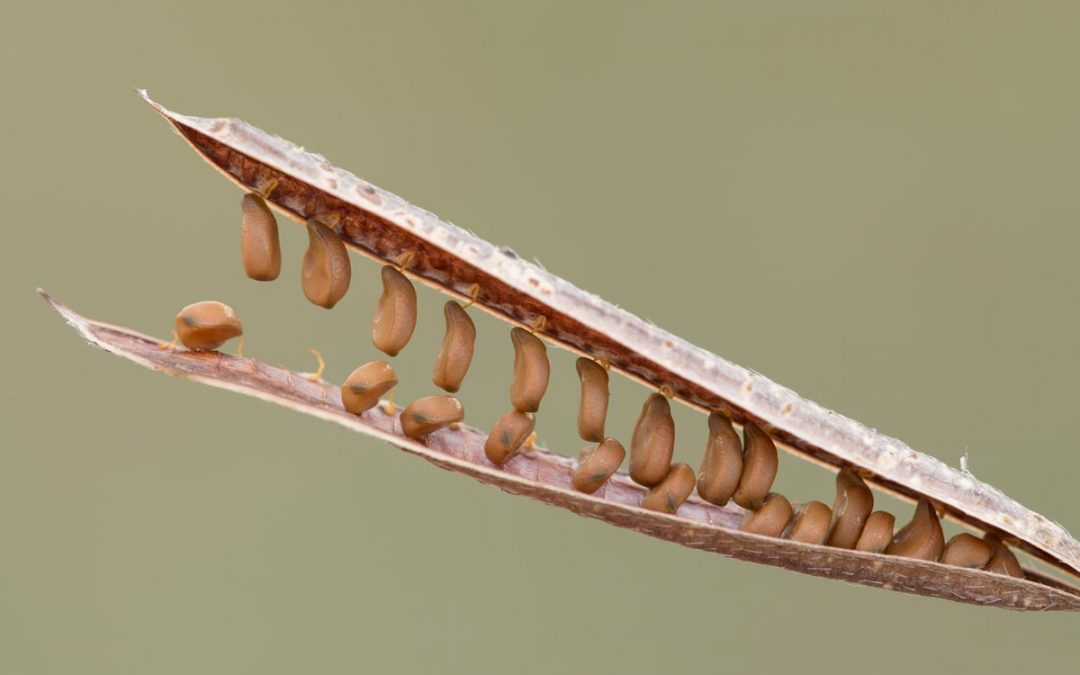
by Center Staff | Sep 22, 2017
Wildflower Center Seed Bank The Wildflower Center collects and stores seed from keystone species in the plant communities of Texas. These seeds are used by research scientists in propagation studies and reintroduction and environmental restoration efforts; they are...
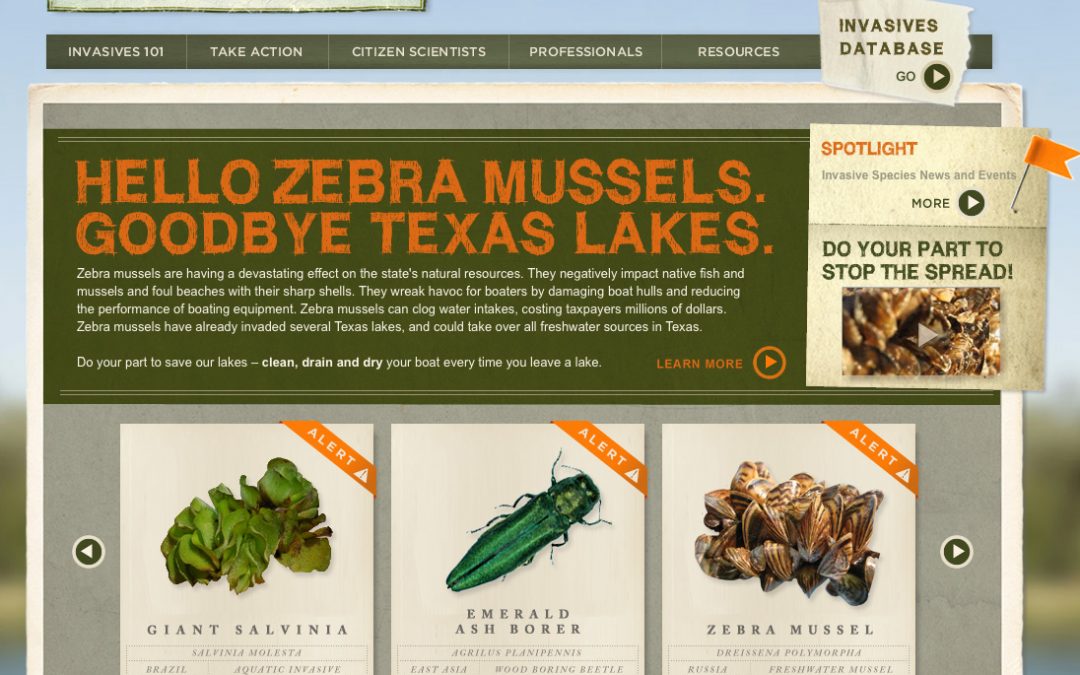
by Center Staff | Aug 24, 2016
Combating Invasive Species Invasive species are non-native (or alien) species to a local ecosystem whose introduction causes economic loss, environmental damage or harm to human health. Invasive species grow and reproduce rapidly and establish over large areas,...
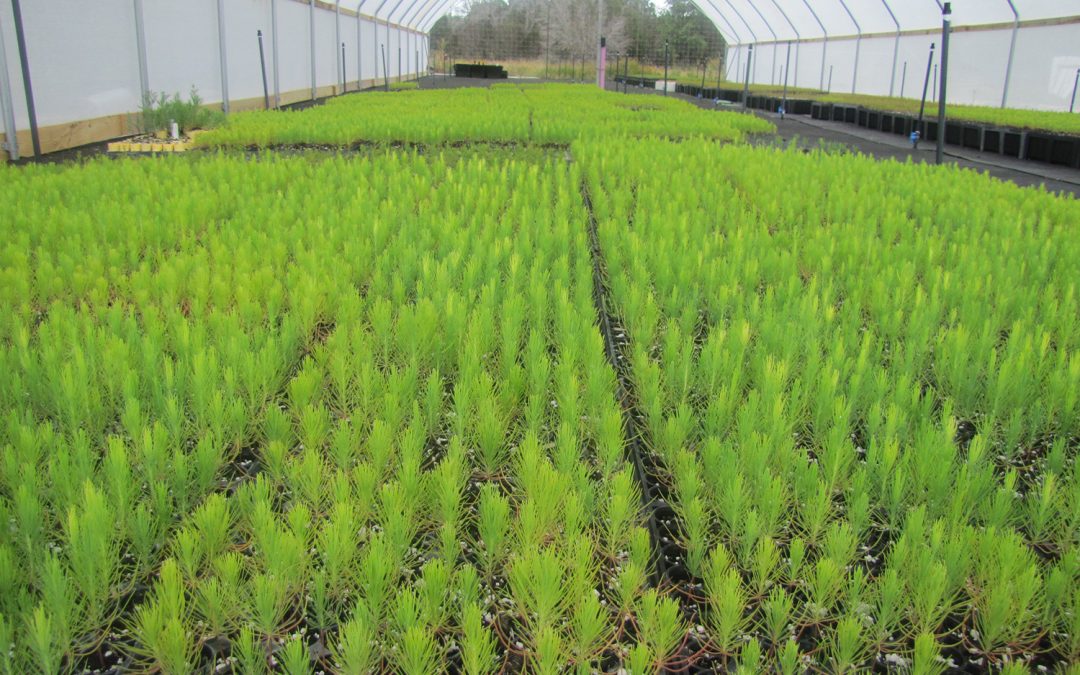
by Center Staff | Aug 22, 2016
Lost Pines Recovery From 2011 to 2017, the Wildflower Center grew more than 250,000 loblolly pines (Pinus taeda) to help replenish the Lost Pines area of Bastrop County, which was devastated by wildfires in 2011. The fires burned well over 30,000 acres, destroying...
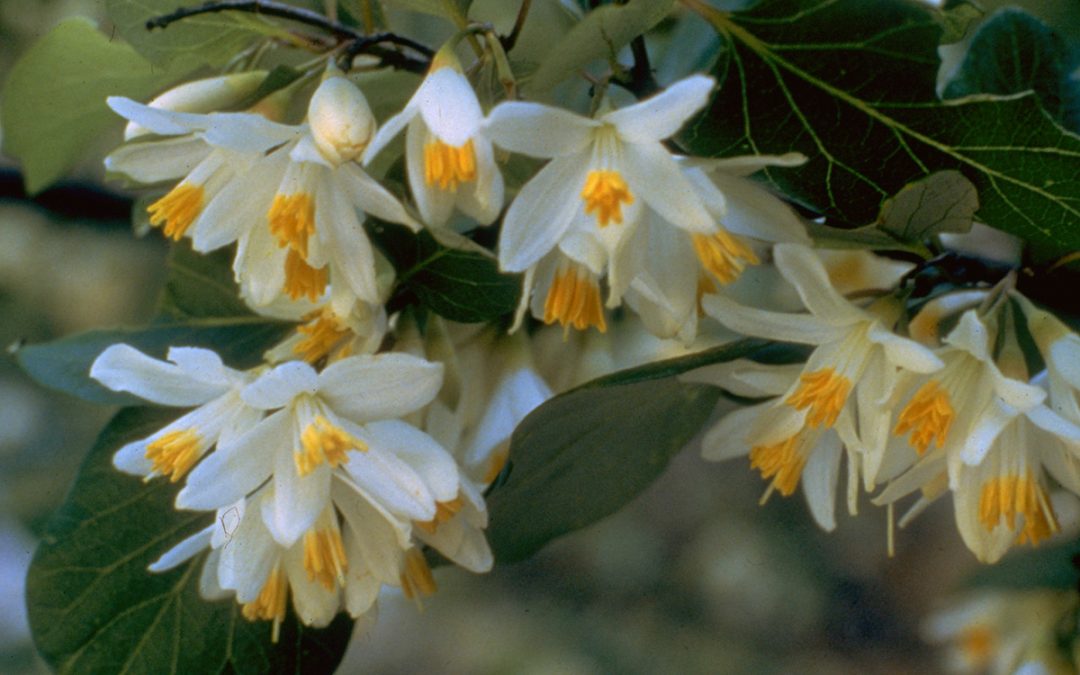
by Center Staff | Aug 18, 2016
Endangered Plants The Wildflower Center partners with the Center for Plant Conservation, other conservation organizations, academia, private landowners, and state and federal agencies to perform conservation research on rare and endangered plant species in Texas. Not...
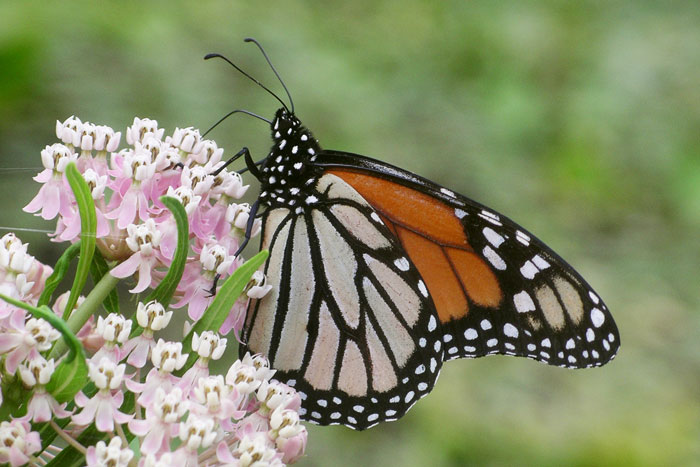
by Center Staff | Aug 18, 2016
Project Milkweed Native milkweed populations are dwindling nationwide due to habitat degradation, herbicide use and drought. Milkweeds are critical to the survival of monarch butterflies (Danaus plexippus) and many other animals. Texas milkweeds, in particular, are...
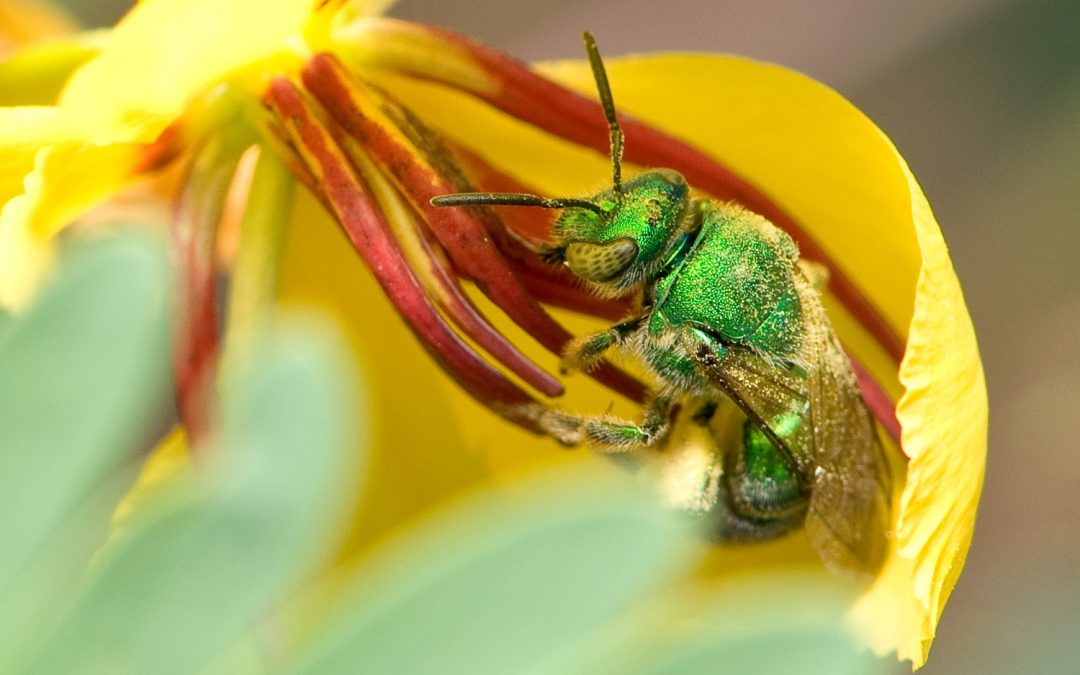
by Center Staff | Aug 18, 2016
Pollinator Conservation Native pollinators—bees, butterflies, moths, bats and birds—play a critical role in sustaining ecosystems and provide essential services to American agriculture (estimated at as much as $9 billion annually). Yet pollinators are in trouble. More...
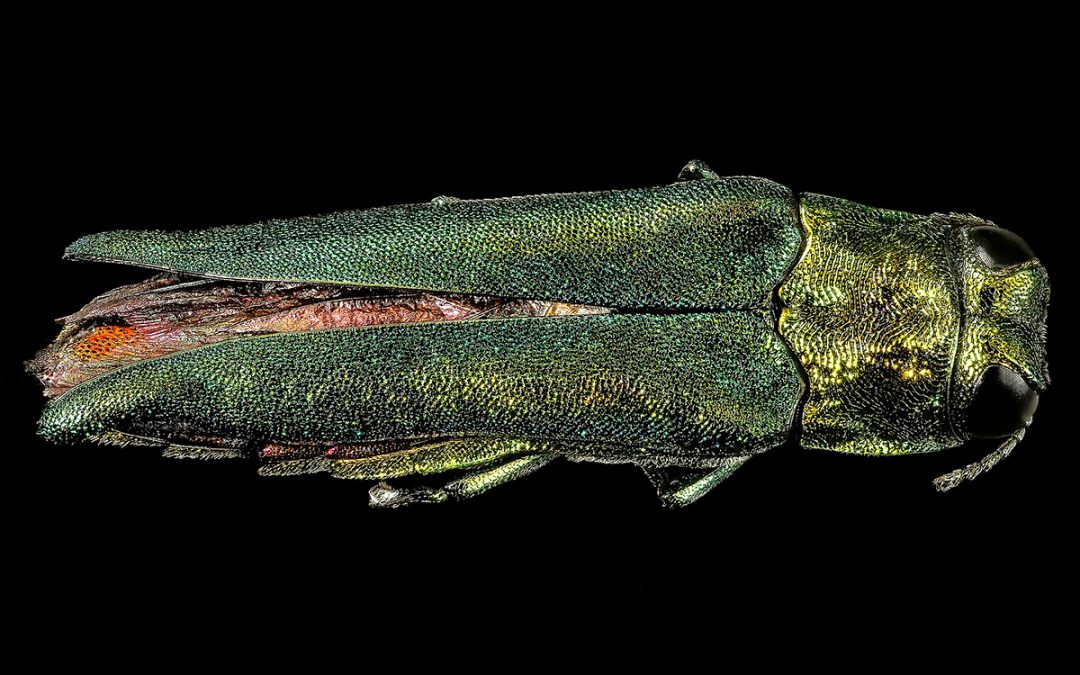
by Center Staff | Aug 18, 2016
Ash Conservation The emerald ash borer is spreading like wildfire across North America, leaving millions of dead ash trees in its wake throughout the Northeast and Midwest. In some of the places where EAB has taken hold, 99 percent of ash trees have died. This...
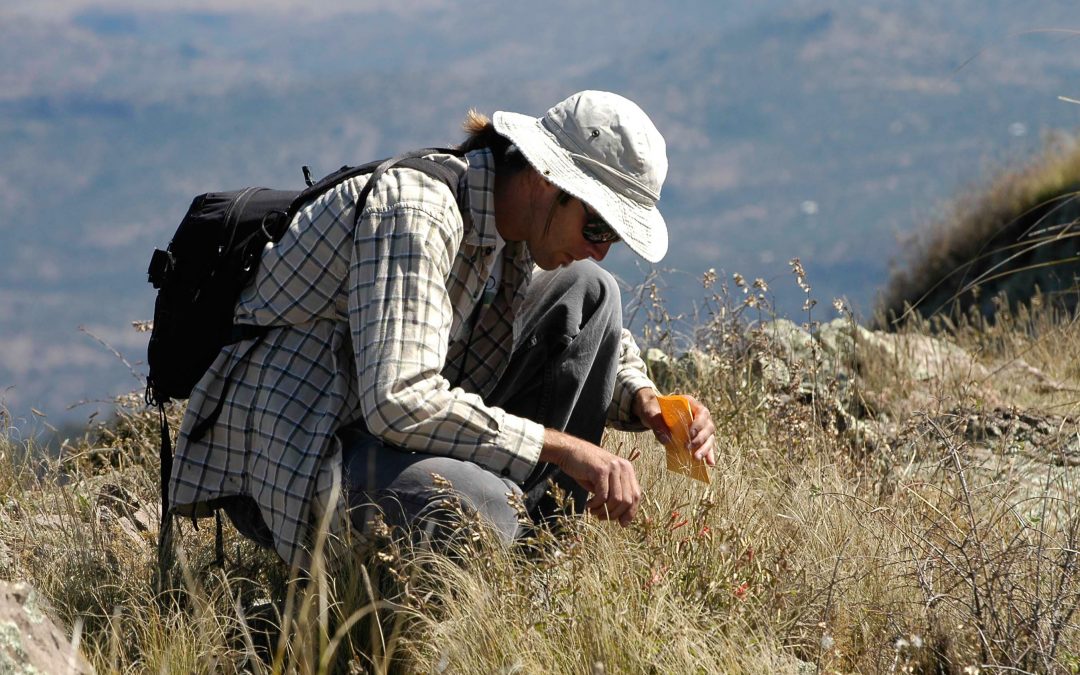
by Center Staff | Aug 18, 2016
Millennium Seed Bank The Wildflower Center was the first non-governmental organization to be invited to participate in the Millennium Seed Bank Partnership (MSBP), a global plant conservation effort developed by the Royal Botanic Garden, Kew, United Kingdom. The...
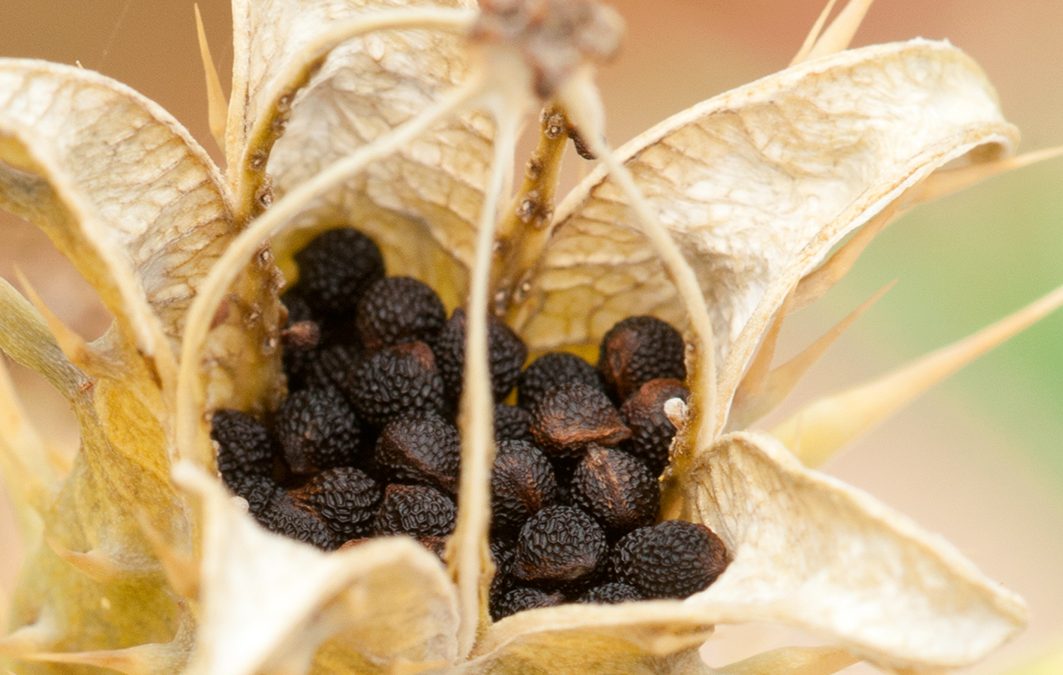
by Center Staff | Aug 18, 2016
Seeds of Success Seeds of Success was established in 2001 by the Bureau of Land Management (BLM), the Royal Botanic Gardens and many additional partners including the Lady Bird Johnson Wildflower Center to collect, conserve and develop native plant materials for...














